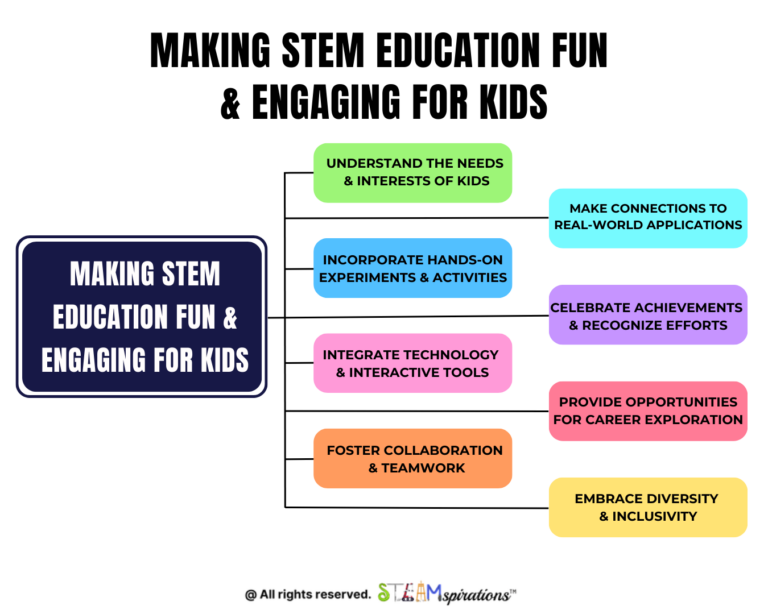As a teacher, managing student behavior in an educational setting is crucial for creating a positive classroom environment that is conducive to learning. Disruptive behavior, such as distractions, interruptions, and being off task, can negatively affect students’ academic performance, as well as their social and emotional well-being. In this blog post, we’ll discuss research-backed strategies for managing student behavior and creating a positive learning environment.
Step 1: Establish Clear Rules, Procedures, and Routines
The first step in managing student behavior is to establish clear rules, procedures, and routines in the classroom. Research by the National Education Association (NEA) suggests that having a clear set of rules and procedures helps create a positive and safe learning environment. A study by Sugai and Horner (2002) found that schools that implemented positive behavior support programs, which included clear expectations and consistent consequences, had a 50% reduction in conduct incidents.
Step 2: Use Effective Management Techniques
Another important strategy for managing student conduct is to use effective classroom management techniques. Research by Evertson and Emmer (2013) found that techniques such as positive reinforcement, nonverbal cues, and teacher proximity can promote positive actions and reduce disruptions. A study by Cook, Tankersley, and Harjusola-Webb (2008) found that teachers who used positive behavior support strategies, such as praise, positive feedback, and incentives, had a 79% decrease in student disruptions in the classroom.
Step 3: Be Aware of Everything That’s Happening in the Classroom
Being aware of everything that’s happening in the classroom, even when not directly involved, is another effective strategy to prevent disruptive behavior. By monitoring students, teachers can quickly identify potential problems and address them before they escalate. Nonverbal cues, such as eye contact or walking towards a student who is off-task, can help teachers communicate that their behavior is unacceptable. A study by Sheehan and Sutherland (2016) found that teachers who used nonverbal cues to manage behavior had a 68% decrease in off-task behavior.
Step 4: Overlap Assignments and Activities
Another effective strategy is to overlap assignments and activities. Research by Van Gorp, Segers, and Visscher (2016) found that overlapping activities can increase student engagement and reduce disruptions. By starting a new task before the previous one has ended, students are more engaged and have less time to get off-task. A study by Fredricks, Blumenfeld, and Paris (2004) found that engaged students showed a marked decrease in disruptive behavior.
Step 5: Use Positive Reinforcement
Positive reinforcement is a powerful tool for managing student behavior. Research by Brophy and Good (1986) suggests that teachers should focus on acknowledging positive actions instead of only punishing negative behavior. Reinforcing expected behavior with positive feedback can create a more supportive classroom environment. A study by Rosenthal, Schussler, and Gelbar (2017) found that teachers who used positive reinforcement had a significant reduction in disruptive behavior.
In conclusion, managing student conduct in a learning environment is crucial for creating a positive and effective classroom. By using these research-based strategies, establishing clear rules, procedures, and routines, using effective management techniques, being aware of everything that’s happening in the classroom, overlapping assignments and activities, and using positive reinforcement, teachers can create a positive and productive learning environment for their students. Remember to communicate clearly, involve your students in the process, and use positive reinforcement to encourage positive behacior. With these strategies in place, you’ll be well on your way to creating a successful and engaging classroom experience for your students.
About the Author
John Lara is one of the founders of STEAMspirations and is also a school administrator with a passion for implementing research-based best practices in education. John has a diverse educational background which includes a Masters in Interdisciplinary Studies from Western New Mexico University and is working on a Ph.D. in Psychology, in Cognition & Instruction from Grand Canyon University in Phoenix, AZ.

